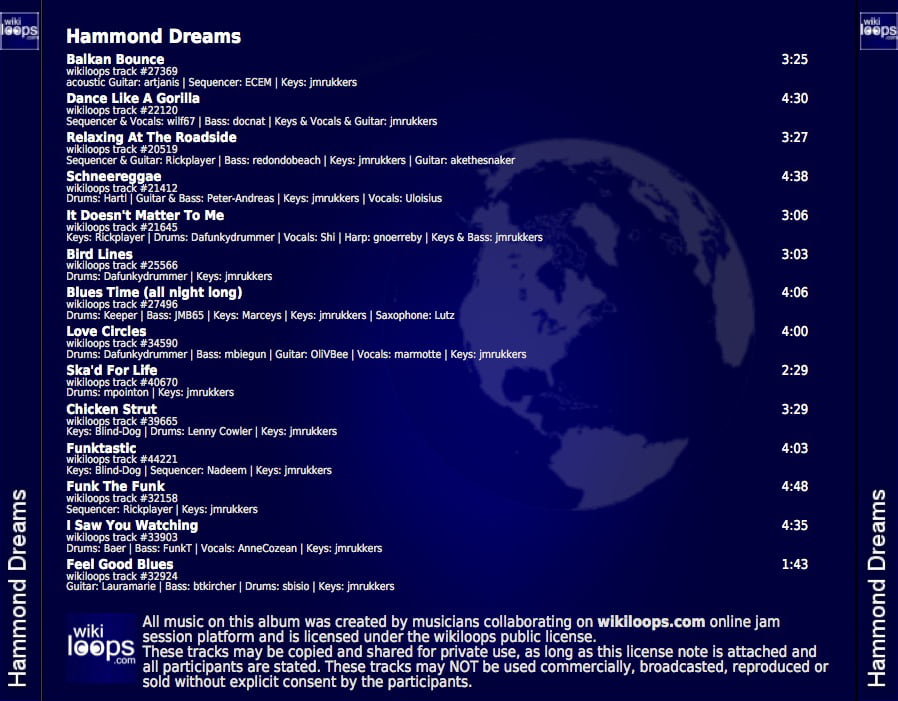I’ve compiled a list from information available on the internet that may help date a Hammond console (A-100, C3, B3, D-100, RT-3)
1958 – Vibrato line box changed from wood to metal
1960 – Side blocks change from wood to plastic
1961 – Pilot lamp added
1962 – Vibrato knob changed from smooth to ribbed (‘fluted’)
Mid-1962 – AO28 transformer colour change from silver to black
Spring 1964 – Start of using red caps
1965 – Hammond script changed from small to large with new logo
1965 – Foam replaces felt
1965 – Introduction of R/C (resistor/capacitor) networks to tones 37-48 to reduce hum and crosstalk
1969 – Drawbar plastic knob style change to have engraved tones
Additional information can be gleaned from the components in the organ. Speakers (A-100 series) are usually stamped with a production date; the same applies for tubes / valves as well as capacitors.

